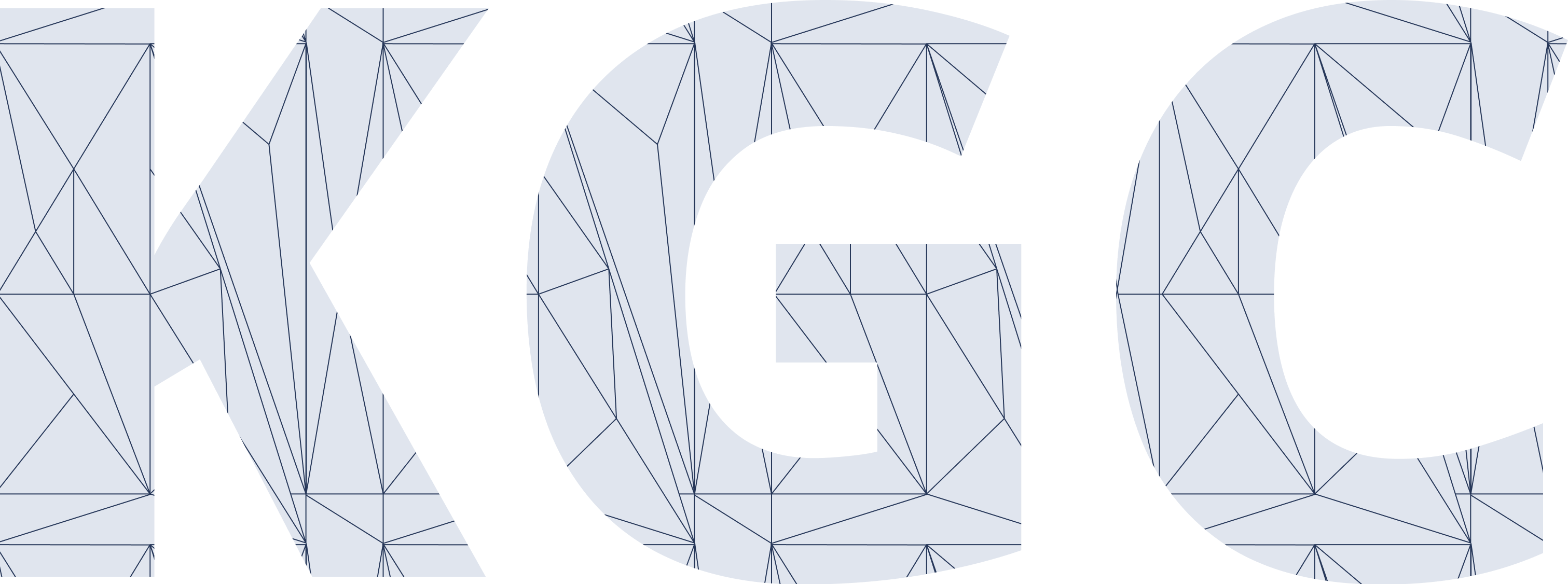Alfio Gliozzo
Alfio Gliozzo is a scientist, technologist and manager with over 17 years of experience in the field of Artificial Intelligence and specifically Machine Learning, Natural Language Processing, Information Retrieval and Knowledge Induction. He is the leader of the Knowledge Area of IBM Research AI tech. His mission is to enhance IBM products with cutting hedge AI solutions for Knowledge Induction, Integration and Accessibility while advancing the state of the art in the field. He was part of the research team that developed IBM Watson, the computer system that defeated the Jeopardy! grandmasters of all times and strongly contributed to the start-up of the IBM Watson Business Unit. As part of that mission, he developed a new curriculum on Cognitive Computing and he taught that at the Data Science Department of Columbia University for many years. This course has been replicated by hundreds of universities worldwide and is part of IBM certification programs. He is author of more than 60 scientific publications in AI conferences, journals and books, and he holds dozens of patents for IBM.
Extending Knowledge Graphs using Distantly Supervised Deep Nets
Information Extraction (IE) analytics are needed to induce Knowledge Graphs (KGs) from texts. Training ad-hoc IE systems for a new domain is typically a labor intensive process because it requires hand labelled data. In addition, supervised Information Extraction system are typically unable to identify relations between entities that are not explicitly mentioned in text, severely affecting recall. However, in many real use cases, a partially populated KG is available in combination with a large corpus of domain specific documents. In those cases, distant supervision can be applied to train deep nets for relations extraction without further human intervention. In this talk, we present the most recent results of our research program on identifying implicit relations using distant supervision. In addition, we present a deep net able to recognize analogies between pairs of entities, and we show how this can be used for transfer learning. We provide an extensive evaluation across three different relation extraction benchmarks, showing that our solution consistently improves the state of the art. We also show that our analogy based solution performs well on one shot learning tasks.

